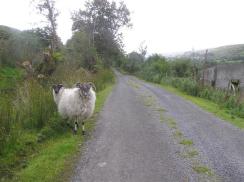Tags
Daniel O'Connell, Dion Boucicault, Edmund Spenser, Elizabeth Bowen, Emily Lawless, Gerald Griffin, James Joyce, John Ford, John Huston, John McGahern, Jonathan Swift, Lenny Abrahamson
For the past eight months I have read nothing but Irish writing and literature, in all its shapes and forms. It has been an interesting experience. I have found that this immersion in Irish writing has re-awakened my long dormant nationalist emotions. As I moved through the various texts, starting with Edmund Spenser’s A View of the Present State of Ireland, and ending with the short stories of Frank O’Conner and Sean O’Faolain, I find that I have developed a renewed interest in Irish history. Moreover, I have a new sense of awareness of the importance of current Irish writing and film as a method of critically understanding the way in which Irish society is evolving. Whereas, I did not enjoy every text, each played a role in my developing a better understanding of Ireland’s culture, its history and its unique contribution to global literature. Ideally, I should have posted a review on every text that I encountered. However, time constraints did not permit this. In an attempt to redress the position, I now propose to share my views on a number of films and texts, which I have omitted from my blog. I will also revisit the texts already commented on, to check if my views have altered in any way. Continue reading

